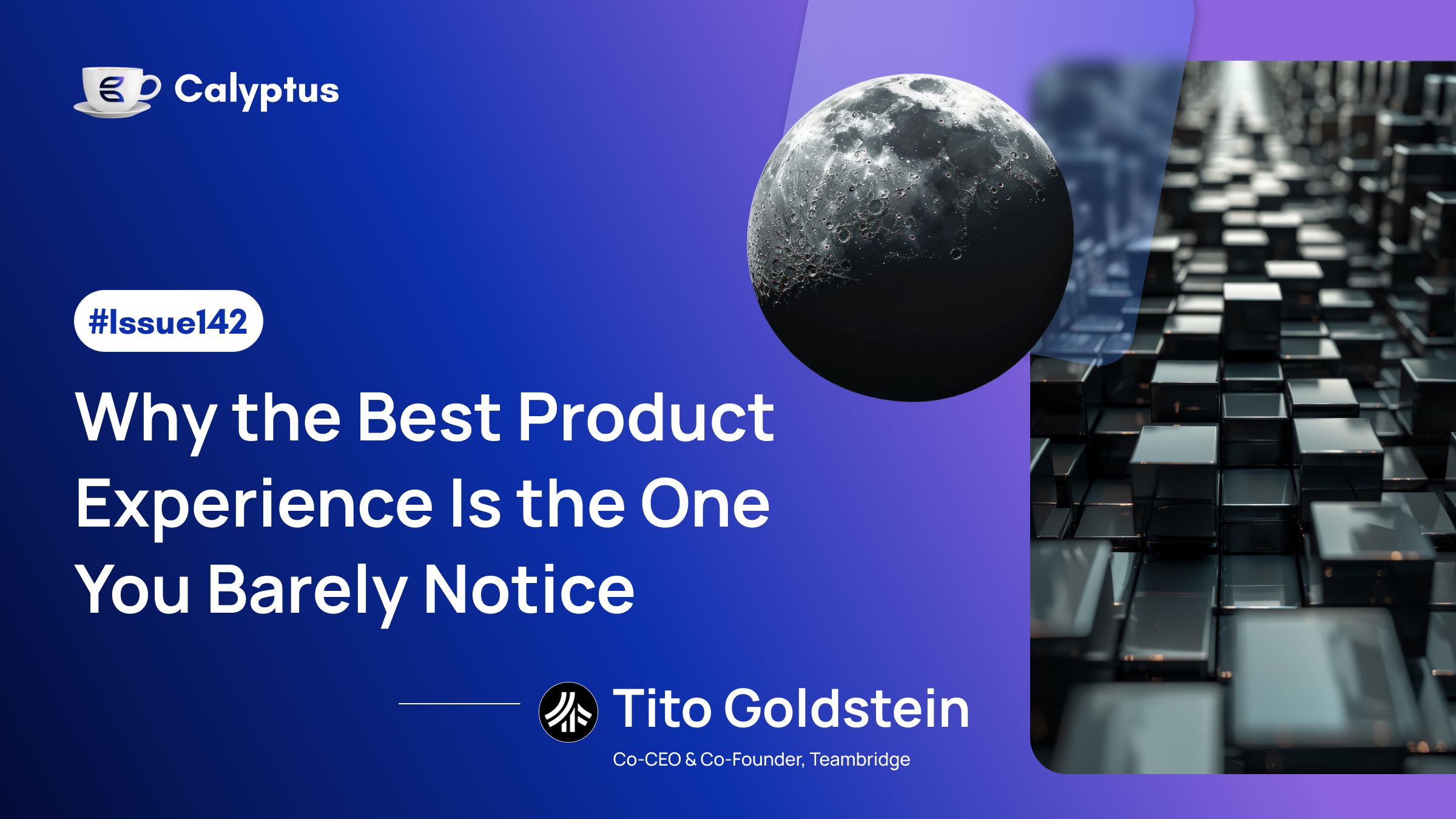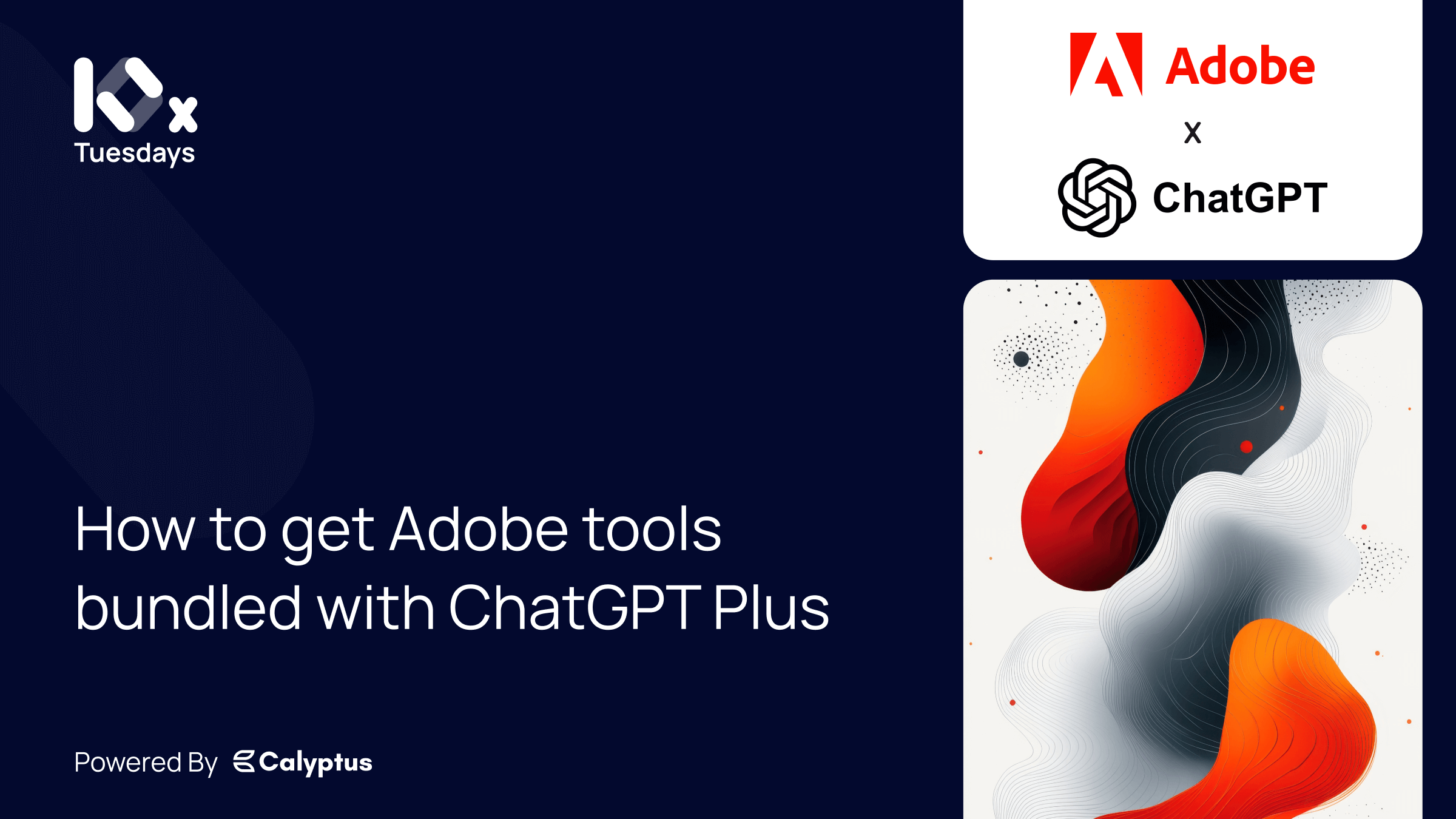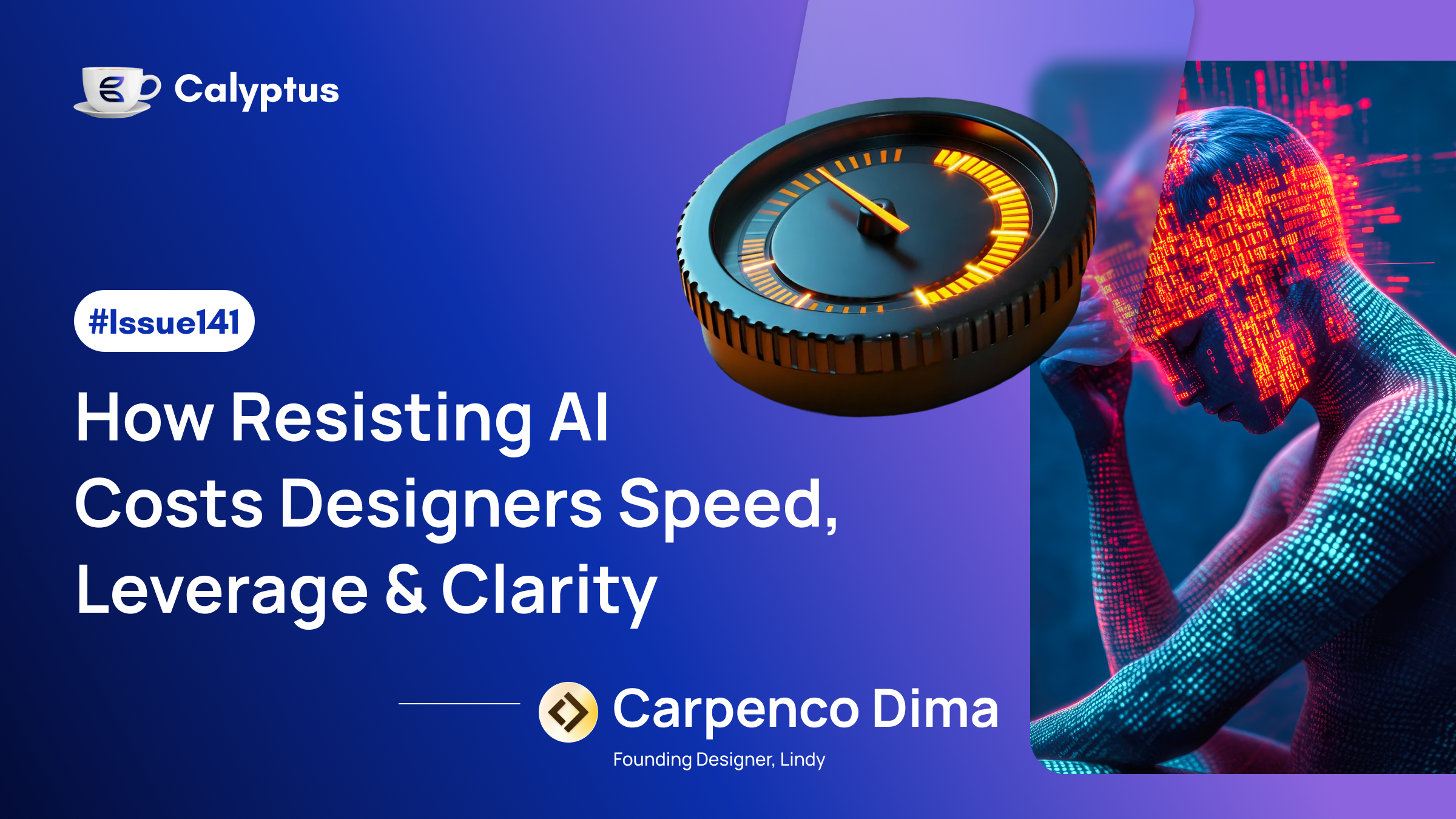Web3 Leader Spotlight: Anthony Leutenegger
This week, we had the pleasure of chatting with Anthony, CEO of Aragon, a leading DAO platform. Aragon empowers users to mint tokens, establish governance structures, and onboard members seamlessly, all within a remarkably user-friendly tech stack.
With over $27 billion governed by Aragon contracts, they stand as leaders in helping organisations to govern their protocols and assets on-chain.
Follow Anthony on X @A_Leutenegger.

Could you share some insights into your Web3 journey and how it led you to the position of CEO at Aragon?
I did not have a typical path to working in web3, especially not for one of the most recognizable and historic brands in the industry such as Aragon. I previously worked in the education sector. I was lucky however to work with some of the most influential and affluent individuals in the world and spent 7 years building relationships with these people. They taught me a lot. Just like anyone else I fell down the web3 rabbit hole particularly seeing how web3 technology could impact fundraising.
I started getting involved on my own time and eventually decided to make the leap, applying to a subsidiary of Aragon called Vocdoni. After a few months I transitioned to Aragon itself and started bootstrapping users onto the new tech-stack. Somehow against my will I became the CEO after 2.5 years! It’s been a lot of hard work, a lot of ups and downs, but I’m proud of what I and the team have accomplished.
What are you most excited about that Aragon is currently working on / has recently released?
There are a few things that really excite me about the new Aragon tech stack. But our protocol is super powerful and where the future of web3 governance lies. Aragon OSx is the first modular DAO framework. We are getting it to a stage where it will allow for highly customizable governance that can have network effects. In short, our new stack allows for the use of plugins, plugins are the logic for your DAO that can enable, for example, different types of governance.
You can change your governance literally through a DAO vote, i.e. a multisig to delegate voting. You can have multi-body governance. For example, you could have 1 multisig for your protocol that has 2 separate governance flows: 1 is a normal majority wins flow, that token holders can veto, this means your team can work optimistically but give liability and power to token holders. BUT, you could have an emergency flow where a supermajority passes through token holders to move quickly and potentially stop a vulnerability from being exposed. This could be in effect until your DAO is ready to remove it.
Basically the modularity of OSx allows for developers to build a custom DAO quickly, easily, safely, and cheaply! And if a plugin already exists you can simply plug it in from our plugin repository, meaning you won’t even have to code something new! This type of framework is future-proof, something we learned was needed in the industry from the first DAO framework we launched in 2017.
In your opinion, what key factors are needed to build trust and drive adoption of DAOs?
I honestly think the moment we realize we are defining DAOs improperly is the moment we realize they are extremely powerful tools that are highly customizable and can mitigate a huge amount of risk for core-teams while empowering communities to retain ownership over their assets. A DAO is as simple as a permission management system that manages an asset, that asset has to be onchain, and any deviation from trustless onchain governance negates the effectiveness of the DAO. Not every organization needs to be a DAO. The simple question is, what are you trying to accomplish? DAOs seem to be best suited to secure something, whether that be a protocol or other onchain resources. By decentralizing ownership over that asset you can increase resiliency.
Let’s look at Lido, who is built on Aragon, as an example. Lido became a DAO to increase its resiliency and reduce the ability for it to be captured. If it were to be captured by a bad actor the result could be catastrophic for the Ethereum ecosystem. Recently Lido announced they would add “optimistic dual governance” into their governance flow, I describe this plugin above. This would now allow stETH holders to now participate in governance and potentially veto a DAO proposal from LDO holders. This increases Lido’s resiliency because capturing stETH would be infinitely harder than LDO, Lido’s native governance token. The more decentralized Lido becomes the more resilient it becomes.
What advice would you offer to new entrants and projects looking to effectively leverage DAOs?
I would advise new projects looking to DAOify to be honest with themselves about why they are becoming a DAO and to design the DAO to meet these objectives. Are you looking to be more resilient? Protect your core-team? Engage community? Exit? All of the above? Focus on the why, and you’ll have a better outcome.
We have thousands of years of history in everything from governance to product building; we know hundreds of people making a decision on something isn’t the fastest way to reach an outcome, although it might be the safest. As an early project you might need to choose one that fits your needs currently. The great thing is, you can progressively decentralize over-time. So start small and change your governance as your DAO evolves. Finally, ask for help! We are always happy to answer any questions and provide some ideation support. Let us know and we can help guide you on your journey.




